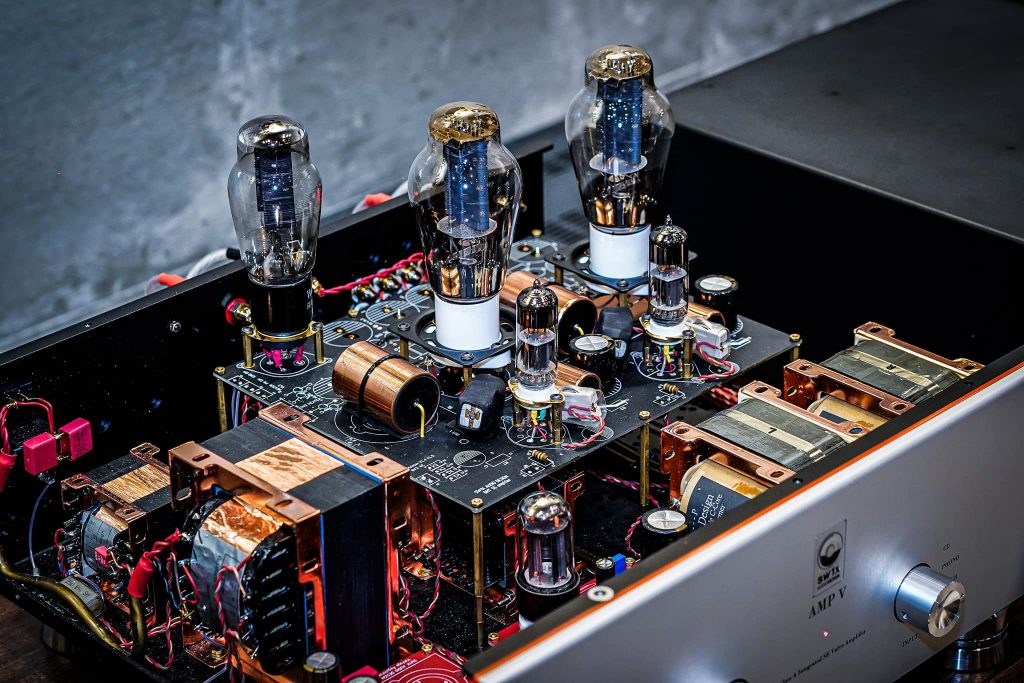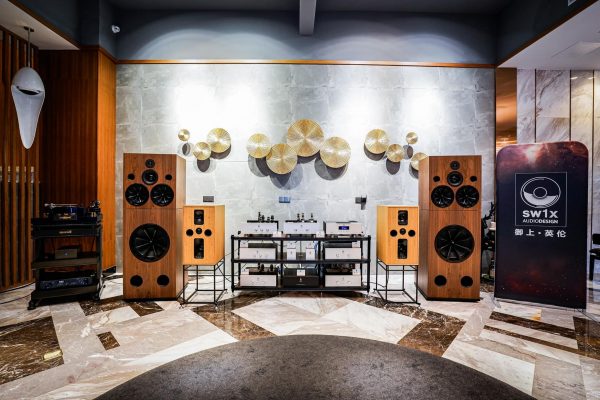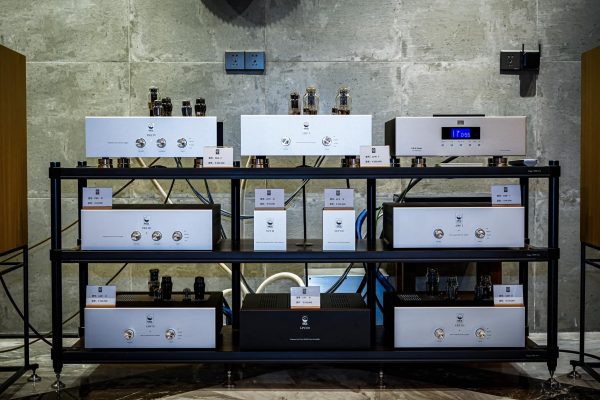A bit of Harmony & Synergy in Audio Design, please
It is well known that there are no perfect components, parts or materials in our imperfect world. Therefore, the only way to achieve a balanced sound is by carefully selecting and combining materials & components in an electrical circuit design. Combining components in a circuit in a harmonic (complementary or synergising) way is an art and the key to a great sound. Harmonic matching is the outcome of careful voicing, listening to all parts separately as well as combined together. It is a fallacy to believe that by employing excellent sounding, exotic components & materials into an elegantly engineered circuit is automatically going to make the product sound at its best. In practice, one may end up with mediocre sound even with finest materials & components in a elegant circuit design because even the finest components & materials are far from being perfect. In the end it is all about the implementation i.e. combining circuit design and selecting materials & components in such a way that the product sounds at its best. Therefore combining components & materials in harmonic way is as equally important as the circuit design and the choice of materials & components.
In practice, there is a possibility that one could build 2 identically sounding yet different products e.g. DACs with 2 completely different circuit topologies and they could sound alike if one does not chooses materials and components carefully (it is an issue of homogeneity, read more here). Paradoxically, one could build 2 identical DACs made out of absolutely identical parts and both DACs will sound significantly different. Why is there such a deviation one may ask? It is paramount to understand that there is almost infinite number of variations possible of how product could be assembled. We determine which passive components to use and how to implement them in a circuit, so that they complement each other (as opposed to make each other worse off) and determine the direction and position at which each of the components sounds better (best).
Interactive behavior is the most difficult to master in a circuit implementation. The same component sounds differently when applied differently in a circuit. Certain parts can sound excellent in one circuit but when added into another they can make it sound worse. For example, Kaisei capacitors have a clear, bright, warm, oily sound. If the whole circuit is populated with those capacitors, which is fully silver wired the overall sound is perceived as if thin and lacking fullness in bass and appears on the brighter side. If one randomly chose also the resistors one could end up with a bright and fatiguing sound and many bass instruments/notes will sound lacking body & unnatural.
In an elegantly engineered circuit it is extremely difficult to compensate for any shortcomings of its implementation. Therefore, when we design and assemble a SW1X product nothing is really left to chance. Nothing was put randomly into the circuit as every passive component was voiced separately and underwent voicing in the final circuit before a product is assembled and delivered to a customer. After all it is the sound of a complete product not just for the sum of its parts.
Dr. Slawa Roschkow, November 2017
Read more about audio technology here.
Follow us on Facebook, Instagram, YouTube and Pinterest. Join the official SW1X Club




